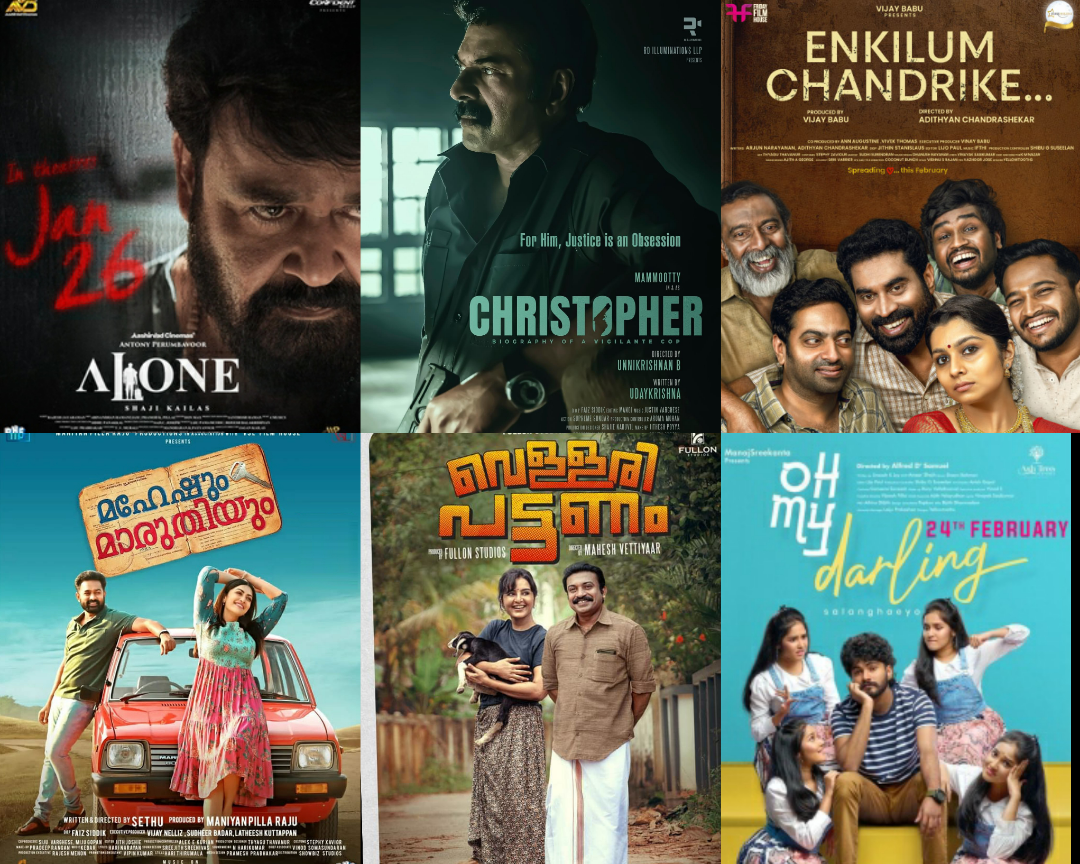June 17, 2025
The beauty and grooming industry is no stranger to trends. From Korean glass skin to French-girl haircuts, global influences have shaped how we perceive and consume beauty. But this week, a new conversation is taking center stage—not about hairstyles or skin treatments, but about culture, experience, and one subtle detail that many didn’t know they cared about until now.
A TikTok video by a user known as @glowwithami has gone viral for comparing her experiences at Indian and Japanese salons, but the twist? She wasn’t talking about services, skills, or prices. Instead, she spotlighted the ambiance and sense of personal space—something she claims Indian salons often neglect, unlike their Japanese counterparts.
The TikTok That Started It All
The 30-second clip, which has already amassed over 3 million views and thousands of comments, shows side-by-side visuals of two salon experiences. On the left: a typical bustling Indian salon, with mirrors facing each other, crowded stations, stylists moving briskly, and plenty of chatter. On the right: a serene Japanese salon with semi-private booths, minimalistic design, soft lighting, and calming music.
“It’s not the haircut,” Ami says in her video. “It’s how I feel while getting it. In Japan, the experience is meditative. In India, it’s efficient but overstimulating.”
Her video struck a nerve.
The Heart of the Debate: Privacy and Personal Space
While India is known for its service-rich beauty culture, TikTokers and Twitter users alike began echoing Ami’s sentiment: Indian salons, especially in urban centers, are often focused on functionality and speed over privacy or emotional comfort.
In contrast, Japanese salons, rooted in minimalism and customer-centered design, prioritize personal space. Many Japanese salons offer individual cubicles or at least partitioned stations. Customers are greeted with warm tea, and consultations often take place away from other clients. There’s a deep cultural emphasis on omotenashi—the art of selfless hospitality.
Indian salons, on the other hand, often have open layouts where clients sit in rows facing mirrors and each other. While they are efficient and often friendly, they can feel chaotic, especially during peak hours.
What the Comments Say
Thousands of users from both countries and beyond joined the conversation. Comments ranged from agreement to national pride to cultural reflection.
-
“She’s right, I never realized how exposed I feel sitting in an Indian salon with 10 people watching my threading session.”
-
“Japan has always been elite in customer service. Indian salons could learn a thing or two.”
-
“It’s not fair to compare. Indian salons are accessible and affordable. Privacy is a luxury not everyone can pay for.”
-
“It’s about cultural expectations. Indians are used to being around others all the time. Privacy isn’t always top priority.”
A Broader Cultural Conversation
Experts say this conversation isn’t just about salons—it’s about how environments shape emotional comfort, especially in public service spaces.
Dr. Neha Parikh, a cultural psychologist, explains, “In Japan, individualism is often balanced with courtesy. Their culture prizes unobtrusive service. In India, collectivism means being used to shared spaces and a higher tolerance for crowds or noise. Neither is better—they’re just different.”
But in a globalized world where cross-cultural experiences are increasingly common, exposure to alternatives makes people re-evaluate their own norms. “It’s not that Indian salons are worse,” Parikh adds, “but now consumers may start expecting more intentional experiences.”
Salon owners in India are starting to take notice. “I saw the video and read the comments,” says Meenakshi Jain, founder of a premium chain of unisex salons in Delhi. “It’s a wake-up call. We’re always upgrading our treatments, but maybe we need to upgrade the experience too.”
Some premium salons in Mumbai, Bengaluru, and Hyderabad are already experimenting with semi-private cubicles, mood lighting, and customized services. “People now come not just for a haircut—they want relaxation,” says Kunal Shetty, creative director at a luxury grooming lounge. “Borrowing from Japanese salon aesthetics makes sense.”
Startups and boutique salons are also beginning to market “wellness-oriented” hair experiences, blending spa vibes with grooming.
Cost vs Comfort
One key issue raised is that of affordability. Japanese salons, even local ones, tend to be more expensive. Offering individualized stations and serene environments involves higher costs—both in space and staffing.
India’s salon boom over the last two decades has largely been driven by volume-based models—offering high-quality services at competitive prices. This means that many salons must maximize space usage.
Still, customers on TikTok are calling for even small changes: reducing noise, spacing out stations, improving waiting areas, or playing calming music. “Even budget salons can create a soothing environment,” one user posted. “You don’t need to build Japan in Mumbai. Just be mindful.”
The Rise of “Salon Content” and Customer Power
Interestingly, this trend also signals a new kind of consumer power. With platforms like TikTok and Instagram, beauty consumers are becoming more vocal—and influential.
#salonreview, #hairtransformation, and #beautyexperiences are common hashtags, and influencers often rate salons not just on the final look, but the overall vibe. This shift means salons now have to consider how their environment appears on video as well.
At its core, this viral TikTok comparison between Indian and Japanese salons opens up a deeper conversation. In an age where wellness is intertwined with routine services, consumers are seeking more than just results—they want comfort, calm, and care.
As globalization continues to blur cultural boundaries, perhaps this online moment is a call for businesses everywhere to tune in—not just to trends, but to how people feel in their spaces.
Whether Indian salons will embrace these insights remains to be seen. But one thing is clear: in the age of digital feedback and viral influence, no detail is too small to spark a movement.#SalonVibes #IndianSalon #JapaneseSalon #TikTokTrend #BeautyExperience #Omotenashi #WellnessCulture #ViralVideo #BeautyDebate #SalonDesign





